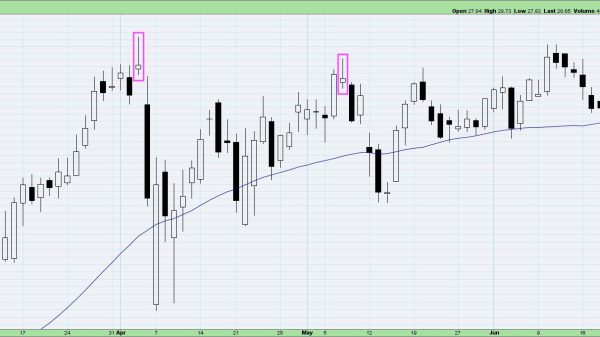Net Debt: What You Need to Know
Net debt plays a crucial role in understanding a company’s financial position beyond what the balance sheet alone can show. It tells much on a company’s debts when we account for its liquid investments, such as large cash reserves and marketable securities. Let’s see in detail what this metric shows us and how to calculate it.
What Is Net Debt?
Net debt calculates a company’s total debt after subtracting its liquid assets. It includes short-term and long-term liabilities but adjusts for cash, cash equivalents, and marketable securities. This measurement is valuable for comparing the actual debt burden of companies, providing insight beyond just total debt figures.
A negative net debt indicates that a company’s cash balance exceeds its debt, highlighting strong financial health.
Furthermore, analyzing this metric in relation to earnings before interest, taxes, depreciation, and amortization (EBITDA) through the debt to EBITDA ratio offers insights into a company’s ability to pay off its debt with its operational earnings.
Formula and Calculation
By subtracting these liquid assets from the total amount of debt, which may include bonds, loans, and commercial paper, we get a clearer picture of a company’s true debt levels.
To calculate net debt, use the formula:
Net Debt = (Short Term Debt + Long Term Debt) – (Cash + Cash Equivalents + Marketable Securities)
This formula helps investors and analysts derive a more accurate depiction of a company’s debt levels by considering its liquid assets.
What Does it Indicate?
A positive result indicates that a company has more debt than liquid assets, while a negative figure suggests it has more liquid assets than debt. Understanding net debt helps assess a company’s leverage, financial stability, and potential risk level.
Comprehensive Debt Analysis
A thorough debt analysis includes both net debt and other ratios, like net debt to EBITDA or debt to tangible net worth ratio. These ratios offer deeper insights into a company’s debt management and financial health.
Starting with net debt gives investors a good overview, but they must dig deeper into the company’s actual debt levels, both short-term and long-term. They should look at how much of the total debt is due within the next year.
Managing debt well allows companies to get more funding when necessary. For many companies, new debt financing supports long-term growth plans, funding expansions, or paying off older debts.
Too much debt can put a company in trouble, especially if a lot of it is short-term. This means the company needs enough income and liquid assets to pay off debts due within a year. If sales drop sharply, investors should check if the company can still cover its short-term debts.
A company might struggle if it only manages to pay off short-term debts without reducing long-term debt. Eventually, it might face financial difficulties or need more cash or financing. Debt varies greatly among companies, so comparing a company’s net debt with peers in the same industry and size is wise.
Applications
Net debt is useful for evaluating a company’s leverage and making comparisons across industries. It is a critical factor in merger and acquisition decisions, financial modeling, and credit analysis.
Example
Consider a company with:
Short-term debt: $10,000
Long-term debt: $40,000
Cash: $5,000
Cash equivalents: $2,000
Marketable securities: $3,000
The net debt would be ($10,000 + $40,000) – ($5,000 + $2,000 + $3,000) = $40,000.
Net debt vs Total Debt
While total debt includes all outstanding debts, net debt refines this by accounting for liquid assets that could reduce the debt burden. This distinction is crucial for a comprehensive debt analysis.
Net debt vs Total Cash
Comparing it with total cash highlights a company’s ability to pay off debt with its available cash. This comparison can indicate financial flexibility and resilience.
Limitations
Companies with negative net debt might seem better equipped to handle economic downturns and worsening macroeconomic conditions. However, too little debt could signal a problem. Without enough debt, a company may not invest in its long-term growth, putting it at a disadvantage against competitors who are investing.
For instance, oil and gas companies need to spend heavily on fixed assets like property, plants, and equipment due to their capital-intensive nature. To finance oil rigs and drilling equipment, these companies often carry a lot of long-term debt.
An oil company ideally has positive net debt, but investors should only compare its net debt with that of other oil companies in the same sector. Comparing an oil and gas company’s net debt to that of a consulting firm with minimal fixed assets doesn’t work. Thus, net debt isn’t effective for cross-industry comparisons because companies have very different borrowing needs and capital structures.
The post Net Debt: What You Need to Know appeared first on FinanceBrokerage.
























